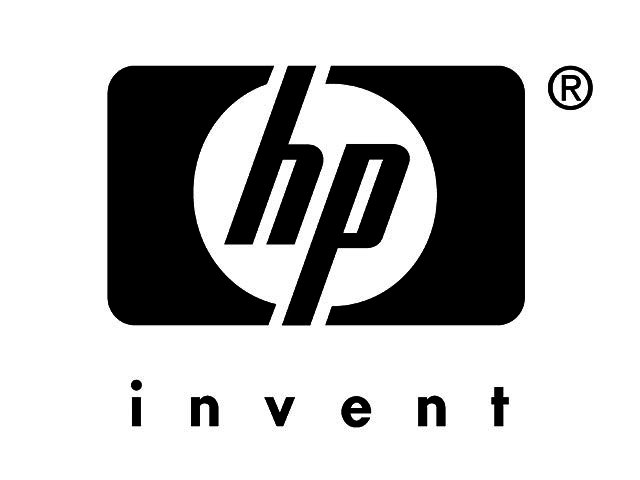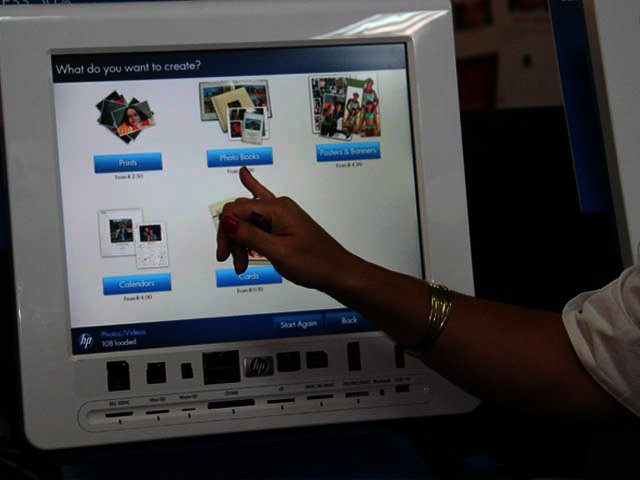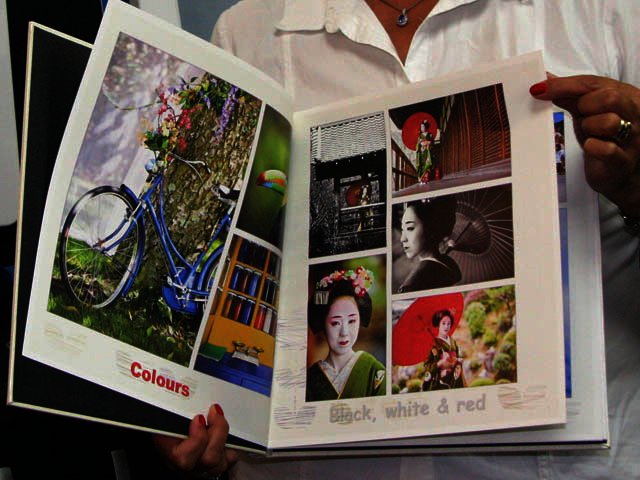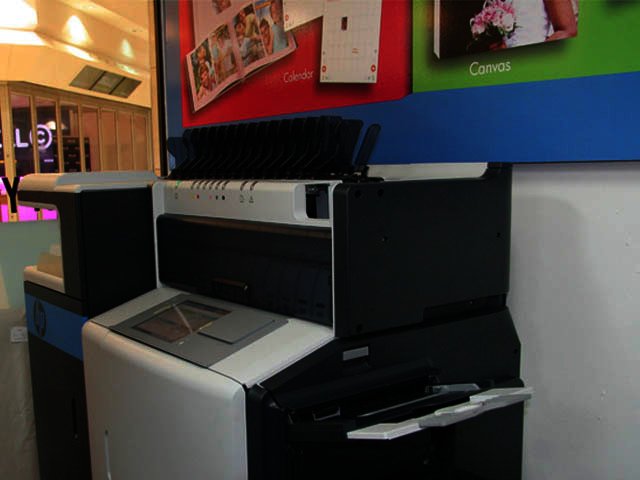PREVIOUS ARTICLENEXT ARTICLE
NEWS

HP showcases creative photo printing offerings
By Ryan Noik 8 May 2012 | Categories: news
As users generate unprecedented levels of printable photographic content, whether captured with compact cameras, DSLR’s or smartphones, they are increasingly being faced with the question of what to do with the photos, and more importantly, the memories they contain.
Several years ago, the answer would have been simple: take them to a photo lab and have them printed.
Now, however, much has changed, and photo labs and users alike need more innovative printing options, according to Alvaro van der Eijk, the EMEA (Europe, Middle East and Africa) market manager for HP’s retail publishing solutions.
To this end, the company recently showcased its HP Photosmart ML1000 minilab printer, which is aimed at helping photo labs revitalise their businesses in the wake of the steady decline of jumbo prints, while offering photo enthusiasts a more creative outlet for their images.

Photobooks, as well as prints, cards, banners and calendars can be created and
customised by users using a touch screen terminal.
Bringing intrigue back
Speaking at Uitenhage near Port Elizabeth, Van der Eijk pointed out that the intrigue and anticipation that old printing processes offered, whereby users would need to wait for their images to be developed and printed before viewing them, has been largely eliminated by the instant responsiveness of digital processes.
He added that restoring the “emotional connection to one’s images” can be accomplished through offering users a greater level of personalisation.
To this end, users can for example visit a photo lab equipped with the ML1000 and craft digital photobooks that enable them to incorporate in excess of one hundred of their images into a cohesive product. Additionally, users can choose from different quality papers (with higher quality being a bit more expensive), as well as whether their final photo book would be bound or unbound.
Compilation of the book itself, and the creative options on offer is exhaustive. Images can be cropped, rearranged in various layouts, enhanced and shuffled around to create a more appealing page according to the user’s liking.
Pages themselves can be moved and reordered at a whim, while text can also be incorporated to tell a story.
The book is created from a touchscreen terminal within the photolab; however, users are able to save their projects and return to them at a later date to add new images or further edit existing projects to make new photo books.

The finished product...users can choose from numerous page layouts
to produce their own printed photo book.
Target market
It comes as little surprise that the photo book solution is primarily aimed at catering for women between the ages 25 and 45 with children, who have access to and are used to technology and wish to do more with their photos.
Van der Eijk explained that mothers tended to take a lot of their own pictures and desired to show them to and share them with their friends and family, as well as creating a tangible gift from their images.
However, he added that offering these users more creative ways to use their photos could run parallel with craft options, like scrapbooking, which has enjoyed a similar demographic.
Future-proofing photolabs
While the setup we saw was in Uitenhage, Van der Eijk revealed that the company was presently approaching photo labs nationwide to explain to them the potential benefits of the ML1000 to their business.
He stressed the need for companies to consider their customers rather than focusing solely on themselves, adding that in the past, retailers could wait for customers to come to their stores because their clients had no other choice.
Now, however, he asserted that stores instead needed to make themselves more appealing to customers and engage with their community as well as reflect special occasions to keep customers returning.

HP's ML1000 photo lab printer.
To the point
In the internet age, the lingering question on our minds was whether there is still a role and a future for the small photo lab. Van der Eijk believes so, pointing out that physical stores still provide a tactile experience that the internet cannot match.
However, he added that HP’s retail publishing focus would continue to be on providing creative options to consumers, such as in the near future offering users the ability to combine their images with licensed, professional photography to create customised products.
The impression we were left with is that rather than dying, photo printing is merely evolving. Hopefully it will end up incorporating the anticipation offered by traditional photo printing (which we still remember quite well) with the convenience and creative flexibility of digital imaging.
USER COMMENTS
Most Read Articles
Read

Magazine Online
TechSmart.co.za is South Africa's leading magazine for tech product reviews, tech news, videos, tech specs and gadgets.
Start reading now >
Download latest issue
Have Your Say
What new tech or developments are you most anticipating this year?
New smartphone announcements (44 votes)
Technological breakthroughs (29 votes)
Launch of new consoles, or notebooks (14 votes)
Innovative Artificial Intelligence solutions (29 votes)
Biotechnology or medical advancements (24 votes)
Better business applications (160 votes)



